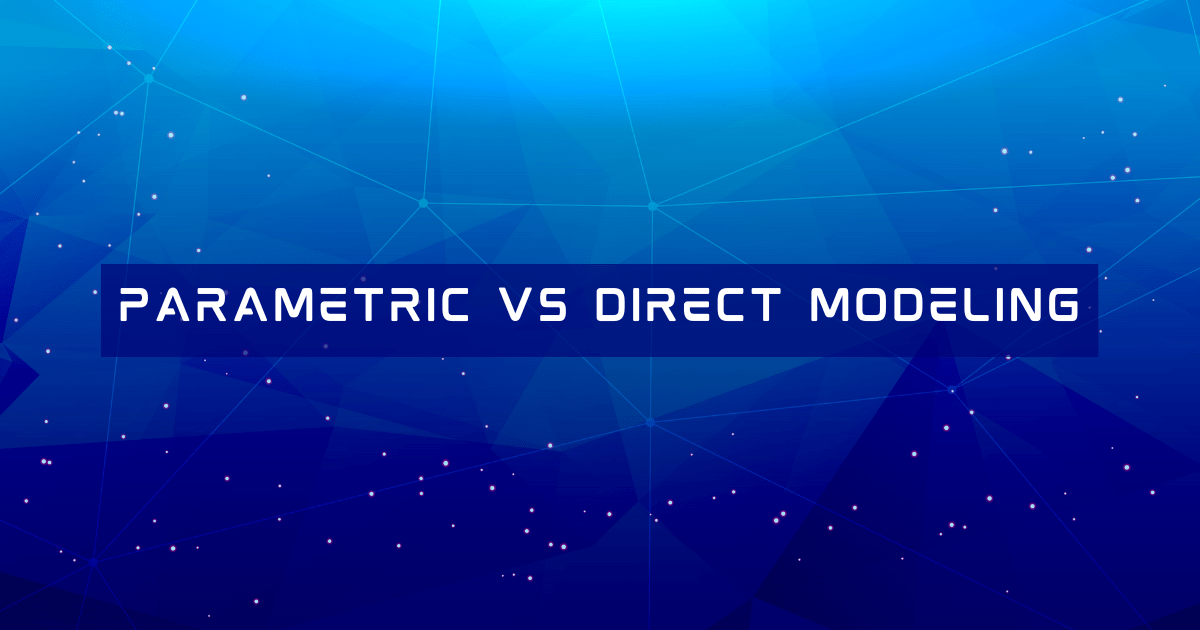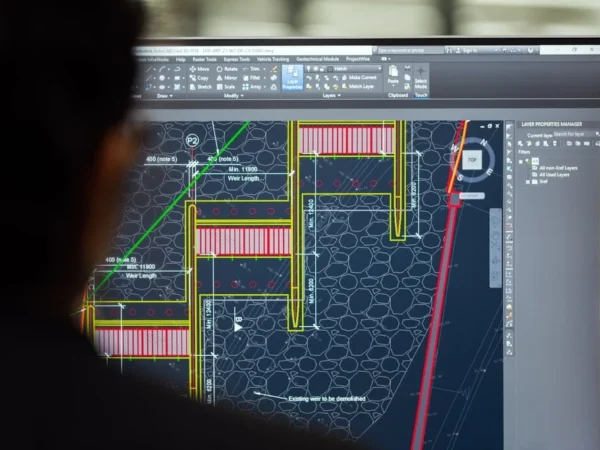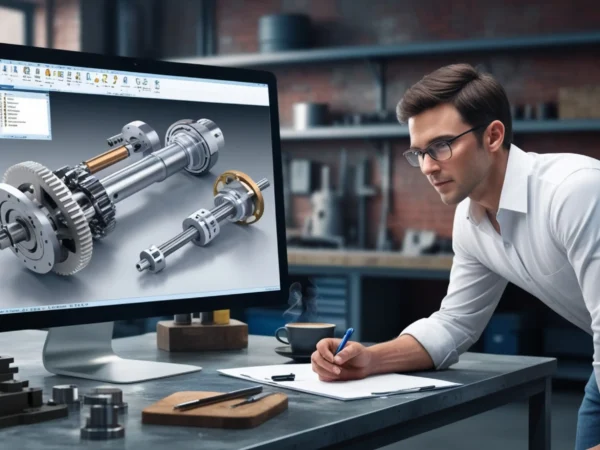
In the world of computer-aided design (CAD), there are two main approaches to creating 3D models: parametric modeling and direct modeling. Each CAD modeling methods has its own advantages and disadvantages, and the best approach for a particular project will depend on the specific needs of the designer.
What is Parametric Modeling?
Parametric modeling is a method of creating 3D models by defining features and relationships between them. Features are essentially the building blocks of a parametric model, such as extrudes, cuts, and holes. These features are defined by parameters, which are numerical values or geometric constraints that control the size, shape, and position of the feature.
For example, a simple box could be created in a parametric modeling program by specifying the length, width, and height as parameters. The designer could then change the dimensions of the box simply by modifying the values of these parameters. This makes it easy to make changes to a model without having to redraw the entire geometry.
Advantages of Parametric Modeling
- Easier to make changes: As mentioned earlier, parametric models are easy to modify because the geometry is defined by relationships and parameters. This can save a significant amount of time and effort compared to direct modeling, where changes often require redrawing geometry.
- Improved accuracy: Parametric models are more likely to be accurate than direct models because the relationships between features are explicitly defined. This can be important for projects that require a high degree of precision.
- Increased efficiency: Parametric modeling can help to improve efficiency by automating repetitive tasks. For example, a parametric model can be used to create a series of holes that are all spaced evenly apart. This would be much more time-consuming to do in a direct modeling program.
- Enhanced design exploration: Parametric modeling allows designers to explore different design options quickly and easily. This is because changes can be made to the model simply by modifying the parameters.
Disadvantages of Parametric Modeling
- Steeper learning curve: Parametric modeling programs can be more complex to learn and use than direct modeling programs. This is because parametric modeling requires a good understanding of how to define features and relationships.
- Less flexibility for organic shapes: Parametric modeling is less well-suited for creating organic shapes, such as those found in nature. This is because organic shapes are often difficult to define using parameters.
- Can be over-constrained: It is possible to create a parametric model that is over-constrained, meaning that there are too many relationships between features. This can make it difficult to make changes to the model.
What is Direct Modeling?
Direct modeling is a method of creating 3D models by manipulating geometry directly. This is similar to how a sculptor would create a sculpture out of clay. With direct modeling, the designer simply pushes and pulls faces, edges, and vertices to create the desired shape.
Advantages of Direct Modeling
- Simpler to learn and use: Direct modeling programs are generally simpler to learn and use than parametric modeling programs. This is because direct modeling does not require an understanding of features and relationships.
- More flexibility for organic shapes: Direct modeling is well-suited for creating organic shapes. This is because organic shapes can be easily created by manipulating geometry directly.
- Faster for simple models: For simple models, direct modeling can be faster than parametric modeling. This is because there is no need to define features and relationships.
Disadvantages of Direct Modeling
- More difficult to make changes: It can be more difficult to make changes to direct models than parametric models. This is because the geometry is not defined by relationships. To make a change, the designer may need to redraw a significant portion of the model.
- Less accurate: Direct models are less likely to be accurate than parametric models. This is because the relationships between features are not explicitly defined.
- Less efficient for complex models: Direct modeling can be less efficient for complex models than parametric modeling. This is because repetitive tasks cannot be automated.
- Limited design exploration: Direct modeling can limit design exploration because it can be time-consuming to make changes to the model.
Conclusion
Both parametric modeling and direct modeling have their own advantages and disadvantages. The best approach for a particular project will depend on the specific needs of the designer.
Here are some additional factors to consider when choosing between parametric modeling and direct modeling:
- The complexity of the model
- The need for accuracy
- The need for flexibility
- The need to make changes to the model
- The designer’s experience
In conclusion, both parametric modeling and direct modeling are valuable tools for creating 3D models. By understanding the advantages and disadvantages of each method, designers can choose the right tool for the job. Do you have any requirements of 3D modeling? If yes then get in touch with us.



